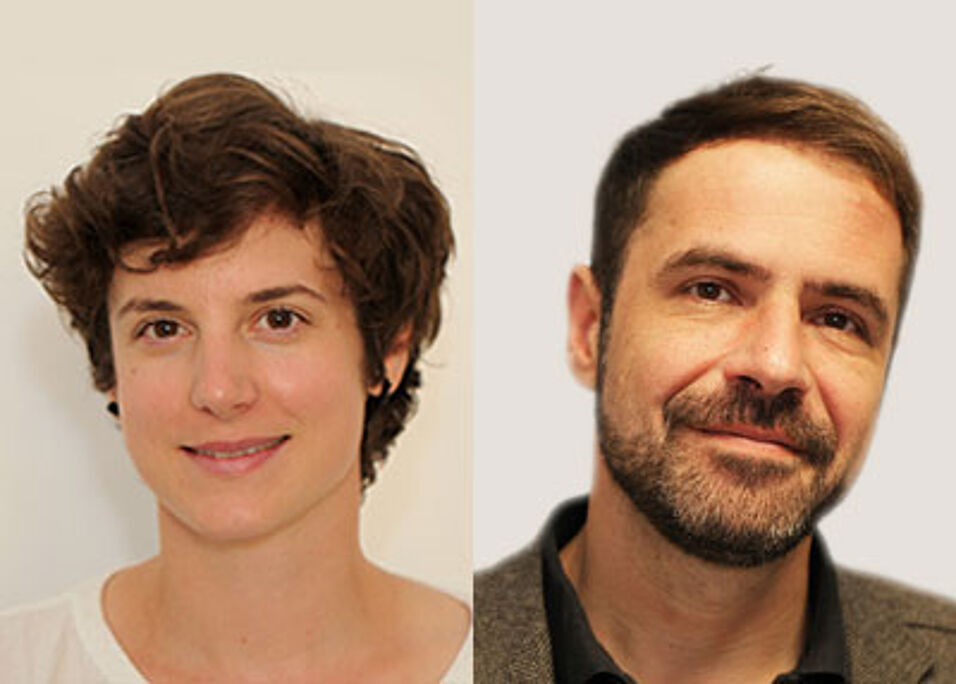Mittwoch, 20. Juni 2018, 16:30 Uhr
Institut für Geographie und Regionalforschung
Universität Wien, Universitätsstr. 7/5, 1010 Wien, Konferenzraum
Dr. Marion BORDERON
University Assistant (Post-Doc)
Who stays and who goes? Unraveling the out-migration patterns of a deprived area in rural Ethiopia
Altough rural out-migration is a common phenomenon in Ethiopia and has become a concern of researchers and policymakers, there is much uncertainty regarding the determinants shaping the patterns, levels, and choices of rural migration due to the lack of quantitative knowledge on the topic. To bridge the gap, we examine a source of data, still largely neglected in the analysis of migration: the HDSS (Health and Demographic Surveillance Systems) data.
Established in 2007 in Kersa, district of eastern Hararege, Oromia region, the Kersa Demographic Surveillance and Health Research Center (KDS-HRC) is one of the 47 HDSS sites worldwide (http://www.indepth-network.org/). It has been carrying out a longitudinal population-based tracking that could be utilised to analyse and enravel the migration patterns and practices of the last 10 years in an active out-migration area. This given HDSS population of more than 148,000 individuals is then considered as a unique draw from a hypothetical universe of all possible similarly deprived situations.
Dr. Gunnar STANGE
University Assistant (Post-Doc)
Life after mud – Livelihood transformation and resilience in disaster affected relocated communities in Sidoarjo, Indonesia
On 29 May, 2006, a mud volcano erupted in Sidoarjo Regency, East Java, Indonesia. Since that day, it scores the highest eruption rate for a mud-volcano on earth, up to 180,000 cubic meter per day. It is estimated that up until today between 80,000 and 150,000 affected population had to resettle from the affected area. Part of the affected population relocated to an existing housing complex (“cash and resettlement group”) and others resettled in groups to different villages in the regency (“cash and carry group”). A quantitative livelihood survey was carried out in situ in September, 2017, among the affected population. The research aimed at understanding how the relocated communities were able to recover from the loss of their livelihoods and whether or not they have been able to increase their resilience against social and environmental risks after relocation. In a more specific sense, the research aimed at understanding whether or not and in how far the two different modes of relocation may have impacted the livelihood rehabilitation process.

